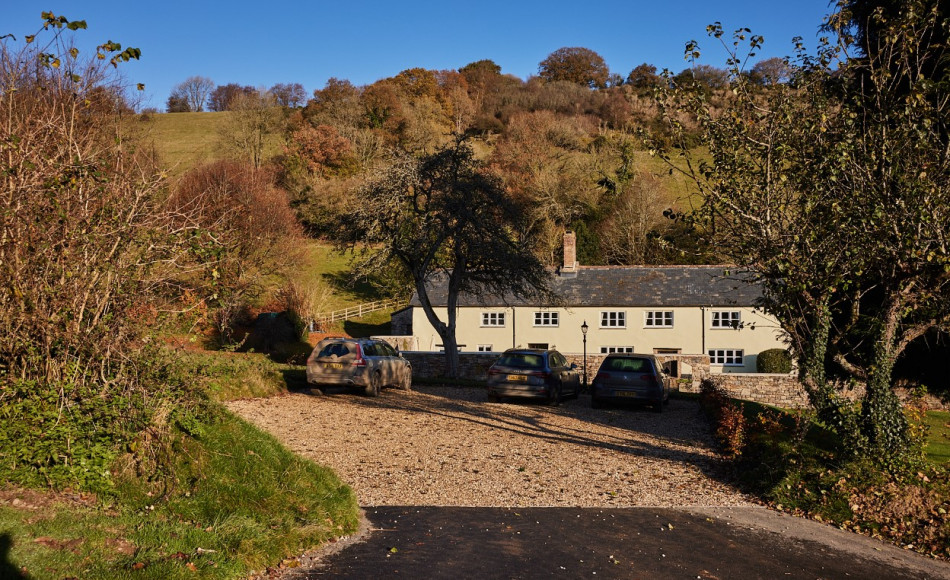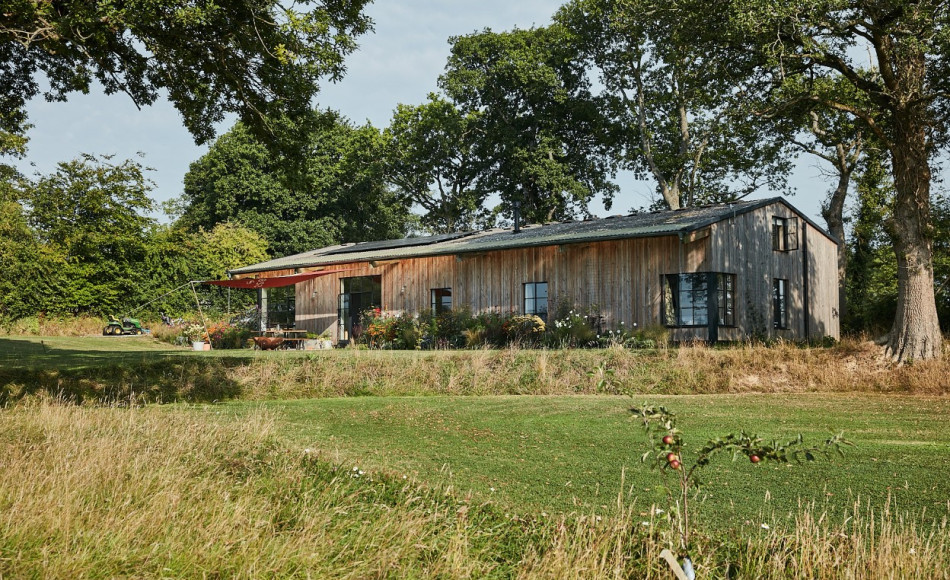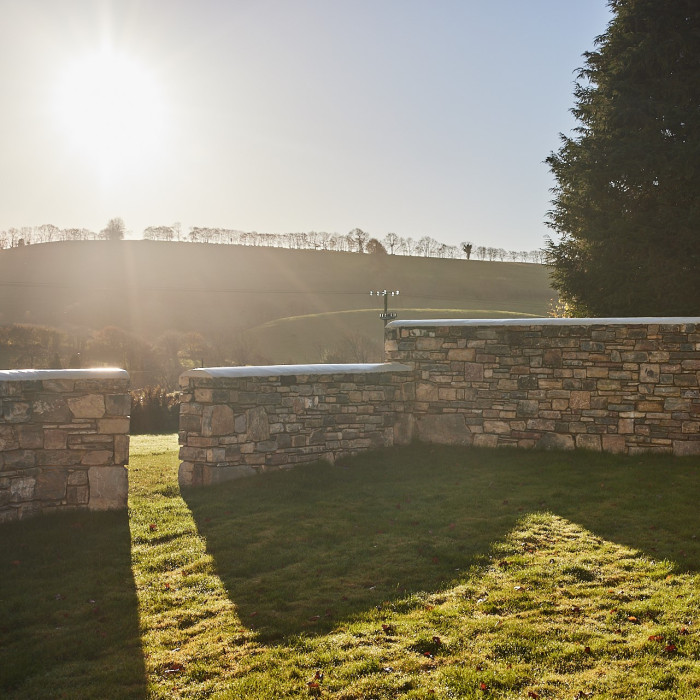Biodiversity Net Gain – a handy guide
— 12 Mar 2024

Where it is not possible to create BNG on site, there are ways to deliver it with off-site units or statutory credits

Permitted development such as class Q sites will be exempt from BNG

A number of changes to planning regulations are set to take place during 2024, and one of the biggest is the introduction of Biodiversity Net Gain legislation. In summary almost all projects will be impacted other than small extensions or self-build projects as defined in the 2015 act.
This short guide is to help you navigate the rules, to understand how your project might be affected and what action you might need to take.
What is Biodiversity Net Gain?
Introduced into the Environment Act 2021, Biodiversity Net Gain (BNG) is the requirement to leave a development site with measurably better habitats for wildlife than prior to the development. The aim is to create an environment for nature to recover by creating habitats for wildlife that are either more extensive or better quality than before. Planning applications are required to deliver a BNG of 10%, and this must be maintained for a minimum period of 30 years.
Who does the legislation affect?
The legislation is being introduced in two phases. On 12th February 2024 the BNG legislation was introduced for major development. Small developments will need to comply from 2nd April 2024. Some types of development are exempt, these could include the following:-
- Existing planning applications
- Variations to existing planning applications
- Householder applications as defined within article 2(1) of the Town and Country Planning (Development Management Procedure) (England) Order 2015
- Self-build or custom applications that meet certain criteria
- Development order permissions such as Class Q
- Developments below the threshold
What Development is below the threshold?
The legislation defines this as:
A development that does not impact a priority habitat and impacts less than:
- 25 square metres (5m by 5m) of on-site habitat
- 5 metres of on-site linear habitats such as hedgerows
We can brief a project ecologist to confirm some of these points and work to meet the BNG requirements.
What action do you need to take?
If you are applying for planning permission, you will need to include either evidence of your exemption or a BNG plan.
Measuring biodiversity – this is done in standardised units. The law requires a statutory biodiversity metric is used to measure the units prior to development and to achieve the required 10% net gain.
Achieving BNG – this can be done in three ways, and the hierarchy of the options must be followed:
- Create biodiversity on-site
- Through a mixture of on-site and off-site – which can either be at an alternative location or through the purchase of biodiversity units
- Buying government biodiversity credits
If BNG is required for your project, we will involve an ecologist early on to help with measuring the biodiversity value of a site and advising on ways to achieve BNG.
Jonathan Rhind Architects consider it a positive outcome for developments of all scales to have a beneficial impact on the natural world. There is no need for this new legislation to be overwhelming and we can help guide you through the process as part of your planning application. If you would like to get in touch, see our contact page.
Biodiversity net gain: exempt developments - GOV.UK (www.gov.uk)